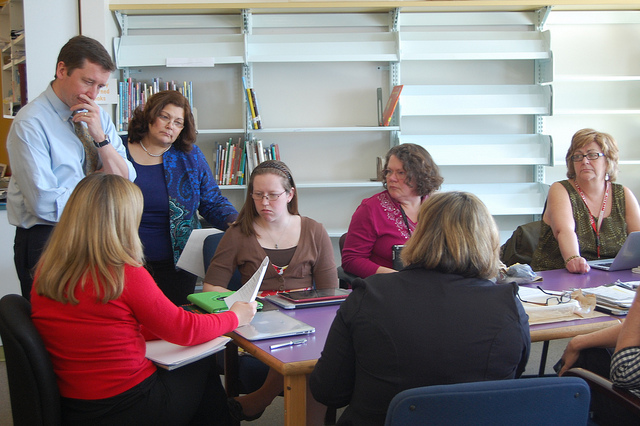We’re often told how important it is, and common sense supports the concept of services working closely together, yet it can be difficult for professionals to lower their barriers and really speak to one another. But in some cases, not to do so is to put lives at risk...
Tweet this article | Share this on Facebook

Whether you are a SENCo or designated person or perhaps both, working with other services can be a challenge. They take their holidays at different times, they have different protocols and finding the opportunity to contact them in a busy school week can be a nightmare.
When you do manage to get together, you can find that vastly different briefs get in the way. Both representatives know how tight their budget is and can find it difficult to negotiate who should be responsible for what. This continues to be an issue with SEN funding. The recent report ‘Research on funding for young people with special educational needs’, outlined in the recent issue of Every Child Update (and available to download for free), shows there are still tensions in relation to identifying who should pay for what. The £6,000 threshold for schools’ contribution might have helped clarify expectations, but differences in practice across LAs are still too great.